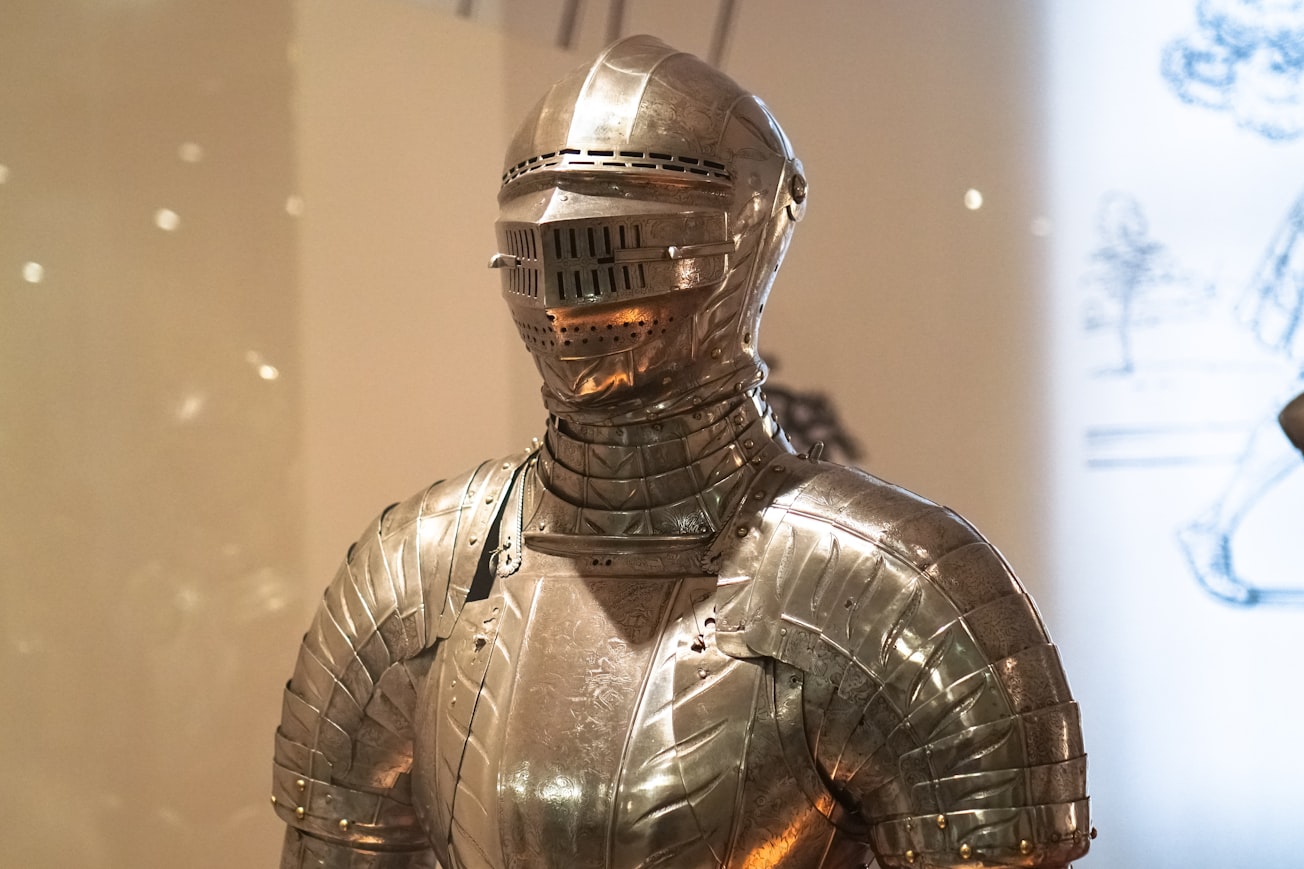What is it about?
From verse 2593 to the end, the Middle Dutch Ferguut becomes a more independent adaptation of its model, the Old French Fergus: the author starts to operate on a deeper level, namely giving more space and importance to the main female character and, for instance, humanizing the hero’s figure. This article investigates the rewriting strategy adopted in the second part of the romance in order to understand what could have motivated the choices of the unknown poet
Featured Image

Photo by Jeremy Bezanger on Unsplash
Why is it important?
The textual innovations discussed in this article, from the dignified role of women to the duplication of certain scenes, give a whole new meaning to "Ferguut", enriching it with features which bring it closer to the stylistic canon of Arthurian romance
Read the Original
This page is a summary of: Rewriting the Arthurian Romance, Amsterdamer Beiträge zur älteren Germanistik, January 2022, Brill,
DOI: 10.1163/18756719-12340232.
You can read the full text:
Contributors
The following have contributed to this page







